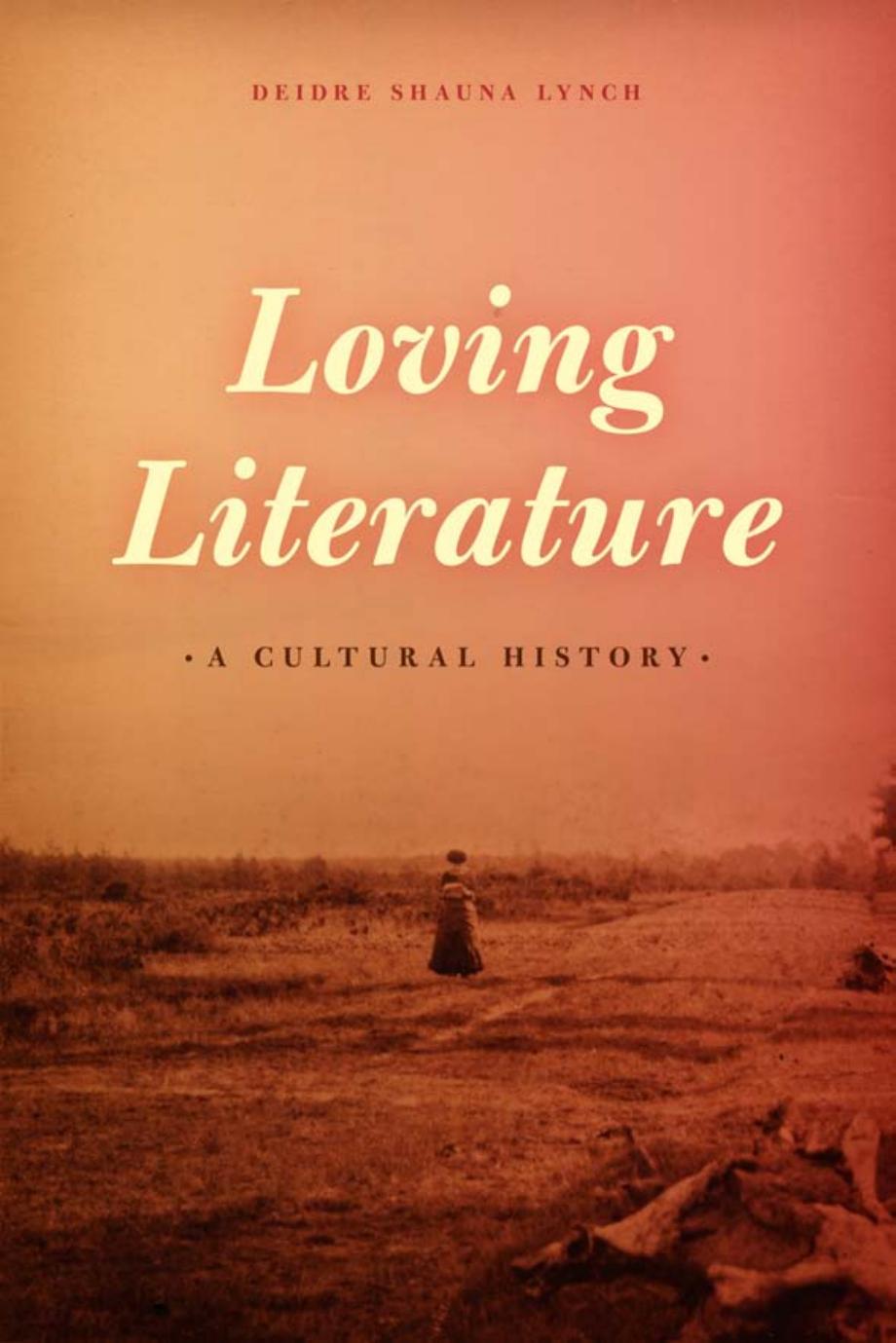Loving Literature: A Cultural History by Deidre Shauna Lynch

Author:Deidre Shauna Lynch [Lynch, Deidre Shauna]
Language: eng
Format: epub, pdf
Tags: FIC019000 Fiction / Literary, LIT000000 Literary Criticism / General
ISBN: 9780226183848
Publisher: University of Chicago Press
Published: 2014-12-22T08:00:00+00:00
VOLUMINOUSNESS: ON GOING STEADY WITH NOVELS
It is no surprise, either, that the novel is central to the discussion of “Voluminous Authors” and the particularly “intimate . . . familiarity” that voluminous authors inspire that the essayist Mary Russell Mitford (1787–1865) includes in her Recollections of a Literary Life (1851). The issue Mitford’s essay engages—which is the nature of the pleasure that the reader takes when living with a book long in itself or when embarked on the reading of a large collection of works of the same class or by the same author—is one deemed of little moment by novel theory of a narratological bent. The varying degrees to which works claim their readers’ time have been inconsequential for a critical scheme that declares, as Catherine Gallagher explains, “the relation of parts to each other [to be] the relevant question”: adherents of this scheme find, after all, that the “internal patterning of The Last Chronicle of Barsetshire may be set down as concisely as that of The Turn of the Screw.”78 Mitford, however, does notice claims on readers’ time. She makes the familiarity bred by voluminous authors’ protracted unfolding crucial. She also identifies it as one cause of the success, during her lifetime, of a sequence of new series fictions. The novels of James Fenimore Cooper, she comments, “extended to fifteen volumes the adventures of Leather-Stocking, until every reader offered his hand to greet the honest backwoodsman as if he had been a daily visitor.” On Mitford’s testimony, the linked novels composing Honoré de Balzac’s La comédie humaine were more successful still. So potent proved their reality effects, Mitford confesses, that she actually asked a friend whether “Horace Bianchon, whom I had just found consulted for the twentieth time in some grave malady, were a make-believe physician or a real living man.”79 Mitford does not explain her interest in this character, but it does seem apt that Bianchon’s repeated reappearances should be a function of his medical qualifications—in addition to being par for the course in series fiction, the fictional mode that prolific novelists set up so that, in one linked novel after another, they could subject the same invented world to recurrent reexamination.
Mitford’s reference to the repeated calls on Bianchon’s expertise may register a growing consensus about the therapeutic effects ascribable to the reading of voluminous authors. Perhaps the especially prolonged aesthetic encounter at issue in the novel, that bulky form, had become a medicinal quality. Dino Franco Felluga’s research indicates that around the second decade of the nineteenth century a milestone was reached in the novel’s ascent toward cultural legitimacy. At that point, medical tracts and reviews alike began “repeating the idea that certain novels could function as preservatives rather than poisons.”80 Certainly, the warnings about the deleterious effects of novel reading that had been issued since the early eighteenth century (warnings about the reader’s erotic overstimulation or about the jangling of her nerves caused by her exposure to manipulative, suspense-filled plotting) did not disappear in the nineteenth century.
Download
Loving Literature: A Cultural History by Deidre Shauna Lynch.pdf
This site does not store any files on its server. We only index and link to content provided by other sites. Please contact the content providers to delete copyright contents if any and email us, we'll remove relevant links or contents immediately.
| Booksellers & Bookselling | General |
| History of Books |
4 3 2 1: A Novel by Paul Auster(12289)
The handmaid's tale by Margaret Atwood(7681)
Giovanni's Room by James Baldwin(7197)
Asking the Right Questions: A Guide to Critical Thinking by M. Neil Browne & Stuart M. Keeley(5649)
Big Magic: Creative Living Beyond Fear by Elizabeth Gilbert(5615)
Ego Is the Enemy by Ryan Holiday(5295)
The Body: A Guide for Occupants by Bill Bryson(4976)
On Writing A Memoir of the Craft by Stephen King(4863)
Ken Follett - World without end by Ken Follett(4646)
Adulting by Kelly Williams Brown(4488)
Bluets by Maggie Nelson(4476)
Eat That Frog! by Brian Tracy(4436)
Guilty Pleasures by Laurell K Hamilton(4362)
The Poetry of Pablo Neruda by Pablo Neruda(4041)
Alive: The Story of the Andes Survivors by Piers Paul Read(3970)
White Noise - A Novel by Don DeLillo(3955)
Fingerprints of the Gods by Graham Hancock(3943)
The Book of Joy by Dalai Lama(3903)
The Bookshop by Penelope Fitzgerald(3778)
